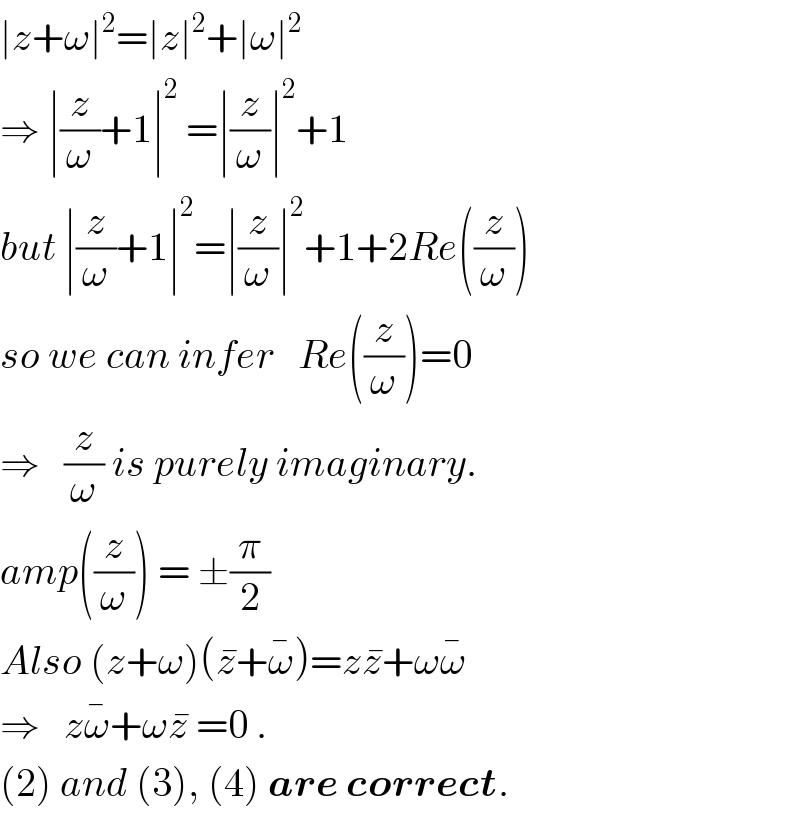
Question and Answers Forum
Question Number 20935 by Tinkutara last updated on 08/Sep/17

Answered by ajfour last updated on 08/Sep/17

Commented by Tinkutara last updated on 09/Sep/17

Commented by Tinkutara last updated on 09/Sep/17

Commented by ajfour last updated on 09/Sep/17

